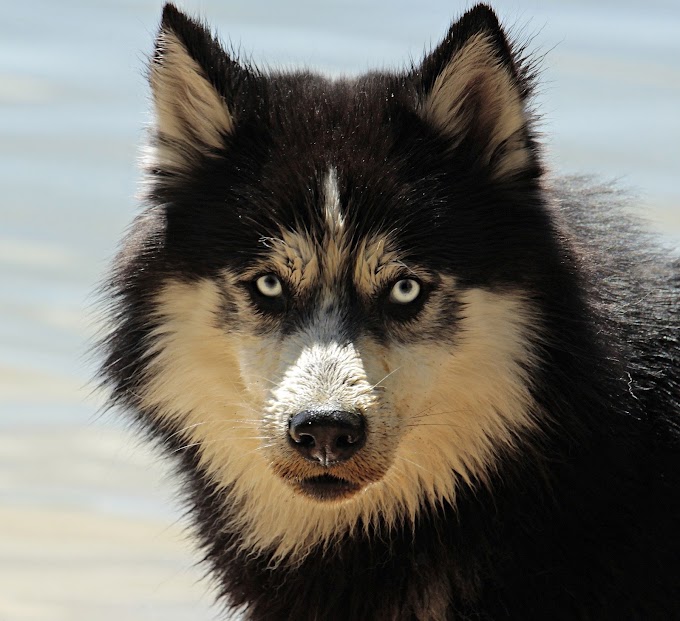 |
| Image by photojim from Pixabay |
in this article we look at the Komodo dragon a living dinosaur which is beautiful and fearsome in equal measure the Komodo dragon also known as the Komodo monitor is an impressive and mysterious reptile it's the largest of the world's lizards and attacks with the dangerous bite which is potentially lethal but do you know why they are so dangerous could it simply be due to their size and strength perhaps the danger is something less obvious let's continue to see.
1.the Komodo dragon lives in Indonesia specifically on the islands of Komodo Flores Rinka he Limu tang and he leader Sammy the Komodo islands are so associated with this animal they're collectively known as the Dragon Kingdom today they also live in captivity across the globe in zoos wildlife sanctuaries and research centers they should never be kept as pets as their trade is illegal and they're far too dangerous.
2.the Komodo dragon belongs to the reptile order known as schemata the largest reptile ordered and are in the Verano dye family they are the largest lizard which currently exists they have an average length of between 2 and 3 metres an average weight of about 70 kilograms although males have been recorded up to 90 kilograms and they can live up to 50 years they have a long and strong tail large claws and quite peculiar teeth there are about 60 teeth in their mouths which measure about 2.5 centimeters in length and are covered in gingival tissue another fascinating curiosity about these reptiles is that they can reproduce both sexually and via parthenogenesis ie they do not always need a meal to reproduce.
3.Komodos are carnivorous lizards which hunt a varied range of animals and have even been cases where they have hunted humans however they are not only carnivorous predators but they're also scavengers which eat all parts of prey animals including flesh viscera and even the bones Komodo dragons can eat up to 70% of their own body weight in one sitting there are also cannibalistic animals sometimes eating the offspring of other Komodos and the carrion of relatives they have even been known to dig up and eat human corpses.
4.until a few years ago it was believed that Komodo dragons killed only by brute force due to the strength of their jaws or by secondary infection this is because their minds contain an immense amount of bacteria which has lead to sepsis at potential death more recent studies by various universities have revealed that a load of saliva contains more than 50 streams of bacteria it also contains a substance that acts as poison when it enters the bloodstream of its prey the Komodo carries two specific substances which can cause death one is an anticoagulant this causes the blood to keep flowing out of a wound without skiving over leading the animal to bleed out the other is a hypersensitive substance which has the effect of increasing blood pressure and blood flow this causes the heart to pump blood faster and bleeding out even more quickly all this means the Komodo dragon is indeed venomous it doesn't only kill by a force alone but a combination of the initial attack the harmful bacteria which reside in their saliva and the toxic substances which are transferred to the prey during a bite if the preyed is not dying from an initial attack they will end up dying after bleeding out or due to septic shock after a generalized infection.
5.if you're bitten by a komodo dragon that managed to evade the initial attack you are not yet out of danger since the venom and bacteria will be introduced to your blood if you manage to escape a komodo attack but have been bitten you need to get emergency medical attention there are recorded cases of adults who have survived attacks by these reptiles but only when they have received immediate medical attention the main course of treatment includes constant drainage of the wouldn't strong antibiotics and daily monitoring.
6.Komodos are currently listed as a vulnerable species as their population is reduced by diverse causes many the fault of human interactions they include habitat destruction hunting of their natural prey global pollution and Komodos being killed when they encroach in human settlements looking for food hello this is their current situation there are many conservationists and volunteers who work tirelessly to keep the species alive and increase wild populations.




0 Commentaires